Limnobium Rich.
Amazon frogbit, American frogbit
Hydrocharitaceae
Eichhornia, Heteranthera, Hydrocharis, Hydrocleys, Limnocharis
America
Limnobium laevigatum (Humb. & Bonpl. ex Willd.) Heine
L. spongia (Bosc) Steud.
Limnobium laevigatum is introduced into various parts of United States.
Sometimes troublesome; both Limnobium species are considered weeds in a few countries.
free-floating, stoloniferous rosetterosette:
(n) a radiating cluster of leaves, usually close to the ground at the base of a plant
 plant
plant
Perennialperennial:
(adj) (of a plant) having a life cycle of more than two years
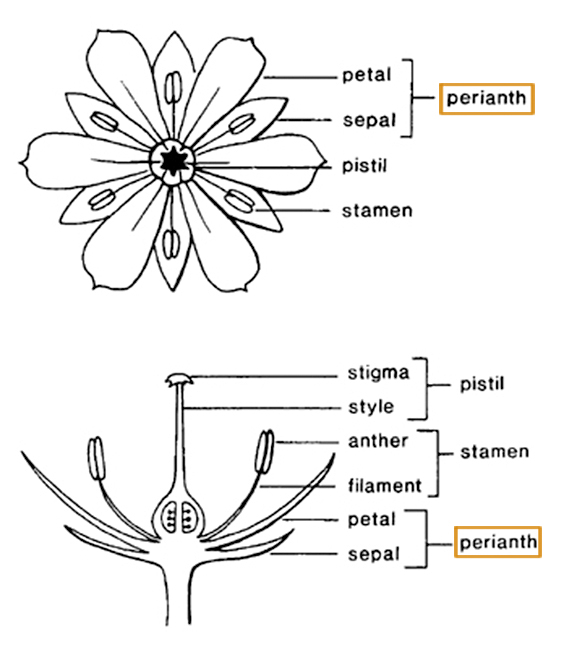 , monoeciousmonoecious:
, monoeciousmonoecious:
(adj) having separate male and female flowers on the same individual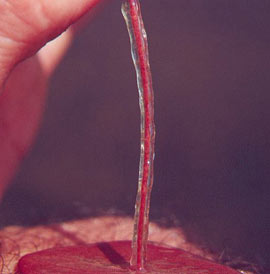 . Leaves floating or emergentemergent:
. Leaves floating or emergentemergent:
(adj) (syn. emersed) with parts raised out of the water; extending up out of the water
 , arranged in basalbasal:
, arranged in basalbasal:
(adj) at or pertaining to the base, or point of attachment
 rosettes along stolons; petiolepetiole:
rosettes along stolons; petiolepetiole:
(n) the stalk of a leaf
 short or elongate; leaf bladeblade:
short or elongate; leaf bladeblade:
(n) (syn. lamina) the flat, expanded part of a leaf, frond, or petal (excluding, e.g., the petiole)
 orbicularorbicular:
orbicularorbicular:
(adj) circular in outline
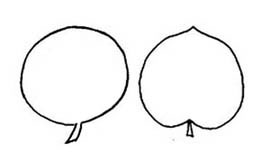 -obovate to reniformreniform:
-obovate to reniformreniform:
(adj) kidney-shaped
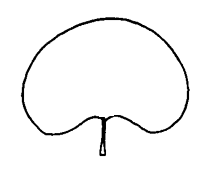 , venationvenation:
, venationvenation:
(n) the arrangement of veins in a leaf
 palmate, inconspicuous; base cordatecordate:
palmate, inconspicuous; base cordatecordate:
(adj) heart-shaped; in the form of two rounded lobes
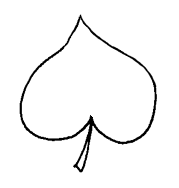 to rounded; marginmargin:
to rounded; marginmargin:
(n) edge; rim
 entireentire:
entireentire:
(adj) having a continuous margin that is not toothed or lobed
 ; aerenchymaaerenchyma:
; aerenchymaaerenchyma:
(n) plant tissue with large, gas-filled intercellular spaces that facilitates gaseous exchange and maintains buoyancy
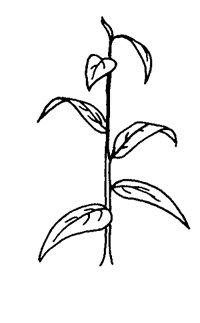 on abaxialabaxial:
on abaxialabaxial:
(adj) the side facing away from the axis, as in the underside of a leaf
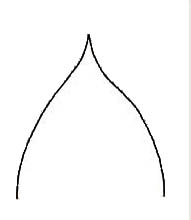 surface distinct; basalbasal:
surface distinct; basalbasal:
(adj) at or pertaining to the base, or point of attachment
 sheath present. Flowers unisexualunisexual:
sheath present. Flowers unisexualunisexual:
(adj) (of a flower) with either stamens (male) or pistils (female) but not both; consisting of only male or female flowers
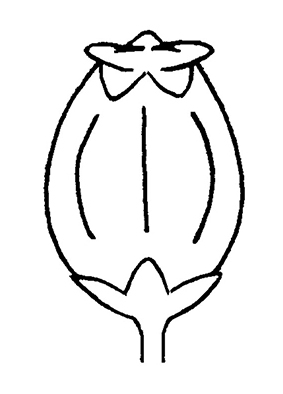 , pedicelspedicel:
, pedicelspedicel:
(n) the stalk of a single flower in an inflorescence, or of a grass spikelet
short, spathespathe:
(n) a large bract or bracts subtending and often enclosing an inflorescence
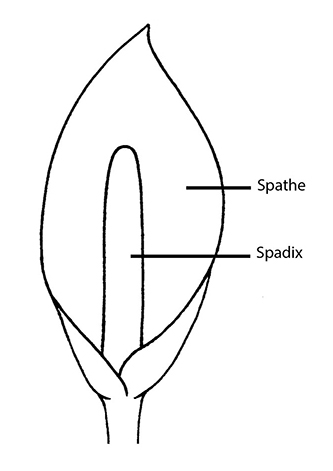 of 1 or 2 free bracts; female flowers 1 to 3, hypanthiumhypanthium:
of 1 or 2 free bracts; female flowers 1 to 3, hypanthiumhypanthium:
(n) the cup-shaped structure formed from the fusion of the basal parts of the calyx, corolla, and stamens, on the rim of which these parts arise
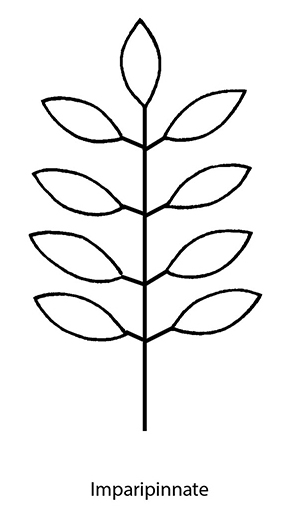 absent; males in cymes of up to 11 flowers; sepals 3; petals 3, rudimentary or absent in female flowers. Dispersal by seed and stem fragments.
absent; males in cymes of up to 11 flowers; sepals 3; petals 3, rudimentary or absent in female flowers. Dispersal by seed and stem fragments.
still waters of lakes, rivers, ponds, and swamps
Limnobium contains only two species, with L. laevigatum being more commonly cultivated for ponds and aquaria. Limnobium spongia is more likely to form emergentemergent:
(adj) (syn. emersed) with parts raised out of the water; extending up out of the water
 leaves than L. laevigatum, which produces emergentemergent:
leaves than L. laevigatum, which produces emergentemergent:
(adj) (syn. emersed) with parts raised out of the water; extending up out of the water
 leaves only when it becomes crowded. Both are highly variable species; leaf shape is important in differentiating the them: L. laevigatum has a more rounded leaf apexapex:
leaves only when it becomes crowded. Both are highly variable species; leaf shape is important in differentiating the them: L. laevigatum has a more rounded leaf apexapex:
(n) the point farthest from the point of attachment; the tip (often pointed)
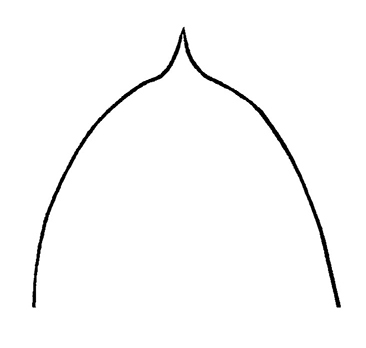 , a shallower basalbasal:
, a shallower basalbasal:
(adj) at or pertaining to the base, or point of attachment
 notch, little or no red pigment, and shorter stolons (plants more crowded) than L. spongia. The spongy aerenchymaaerenchyma:
notch, little or no red pigment, and shorter stolons (plants more crowded) than L. spongia. The spongy aerenchymaaerenchyma:
(n) plant tissue with large, gas-filled intercellular spaces that facilitates gaseous exchange and maintains buoyancy
 cells are most prominent on young floating leaves. Older plants and aerial leaves of both species have reduced aerenchymaaerenchyma:
cells are most prominent on young floating leaves. Older plants and aerial leaves of both species have reduced aerenchymaaerenchyma:
(n) plant tissue with large, gas-filled intercellular spaces that facilitates gaseous exchange and maintains buoyancy
 .
.